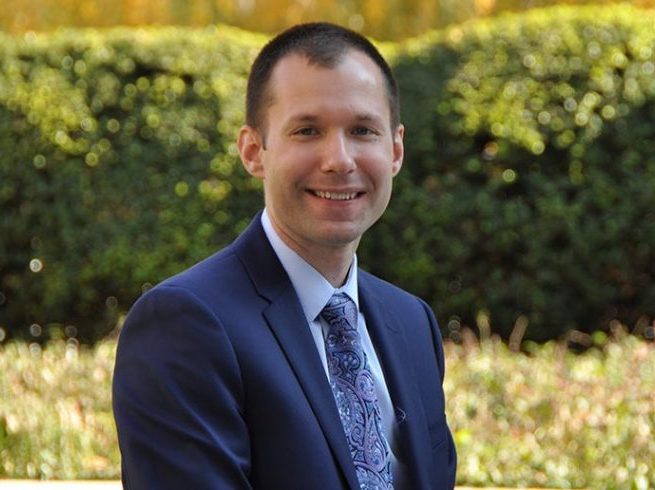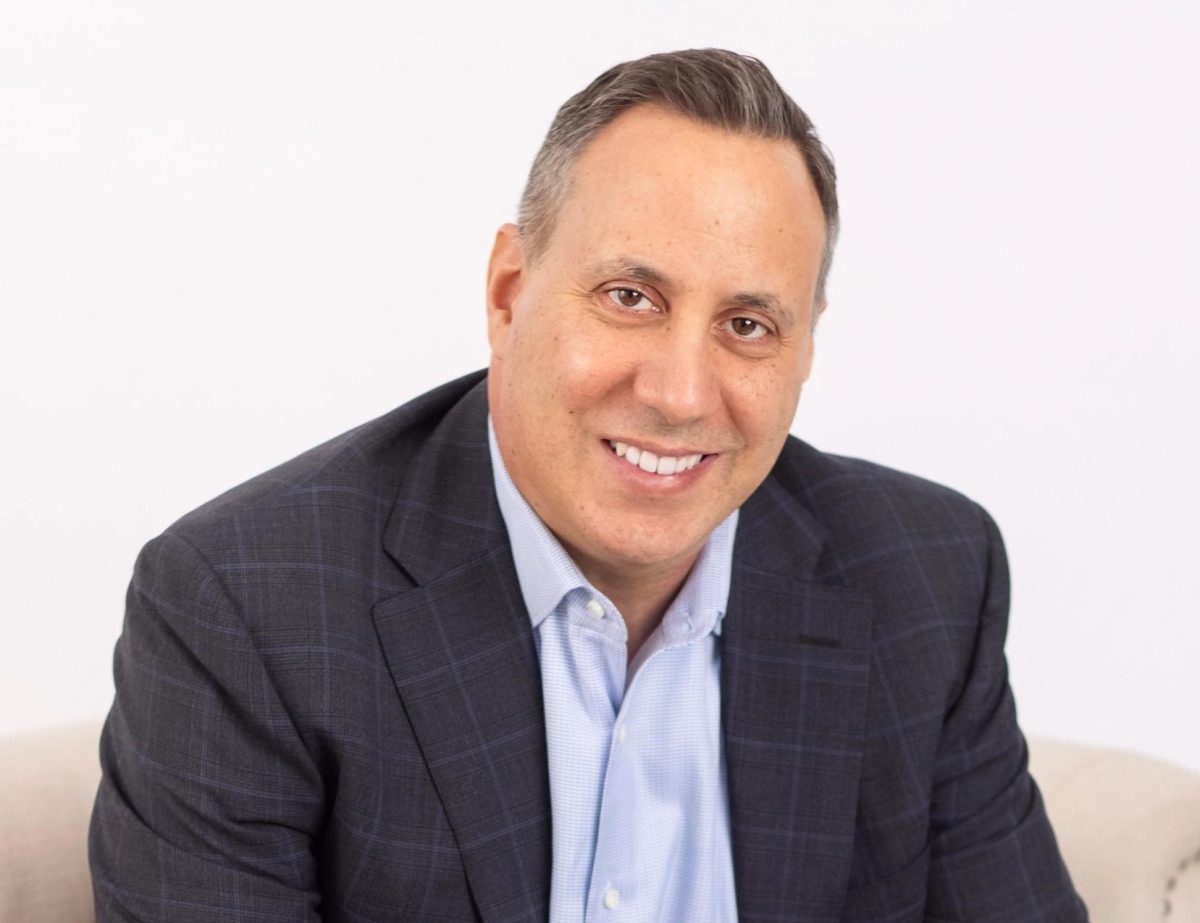By Michael Dobuski

This week’s Bronx highlight first opened in 1848 to little fanfare. The High Bridge piece saw no huge crowds or movie star appearances, for it was but another piece of infrastructure to complement the always-growing city.
In recent years, the media, such as WFUV and The New York Times, covered its grand reopening. However, as is the case with much of the major Bronx development, the attention brings with it deeper questions on how gentrification will affect the borough.
Stretching 1,450 feet across the Harlem River, the High Bridge connects the West Bronx with Manhattan’s Washington Heights neighborhood. It was originally constructed in the early nineteenth century as an aqueduct, making it part of the city’s first sophisticated water supply system.
As part of the Old Croton Aqueduct System, the High Bridge brought in water from the Croton River 10 miles north of the city in Westchester County, helping to fuel the seemingly boundless expansion that characterized the city at that time. Despite its humble, blue collar beginnings, the High Bridge soon garnered the attention of a more elite class, who was attracted by the structures in the rural surroundings and sweeping vistas.
The 123-foot tall bridge hosted regattas, horse races and parades until 1928, when some of the arches that made up the aqueduct were demolished in order to allow for easier navigation for boats on the Harlem River. However,11 of the original archways on the bridge still remain today and the High Bridge remains the only inter-borough bridge that does not allow cars.
The High Bridge closed in 1970, with an official statement (which said that the decision was made after a pedestrian threw a rock over the side of the structure) damaging a tour boat in the process. However, the bridge had been slowly falling into disrepair for over 100 years.
A restoration plan for the city’s oldest still-visible bridge began in 2009. The project continued over the course of six years, two mayors and $61.8 million.
On June 9, 2015, the High Bridge was reopened to the public as a pedestrian and bicycle greenway by former mayor Michael Bloomberg in an effort to restore eight major sites across the city. The Bronx borough president Ruben Diaz Jr. called it a source of pride for the historically embittered borough. “Downtown may have the High Line, but uptown we have the High Bridge,” he once said.
On Oct. 29 in a warehouse near the Third Avenue Bridge, a pop-up art show, called the “Macabre Suite,” was attended by Adrien Brody, Naomi Campbell, Ruben Diaz Jr. and DJ Kool Herc. Social media emphasized the tagline “The Bronx is Burning,” a reference to the party’s decorations: flaming trash cans and bullet-ridden cars.
The event has since seen much controversy, as critics see it is as an exploitation of the Bronx’s troubled past. A past, it is worth noting, from which the Bronx has moved on. The event’s organizers said that their goal was not to abuse, but rather to demonstrate the Bronx’s potential as a trendy place to live.
The High Bridge revitalization and the Macabre Suite incident can both serve to demonstrate the difficulty that comes with city development in a post-gentrified Brooklyn era. There is no question that the Bronx does have some very appealing properties and one could argue that it could use the money to revitalize.
When I visited the High Bridge earlier this year, I did not see an outdoor art exhibit from MOMA or a boutique coffee shop. I saw a police station, some big brown tower-block apartments and a woman sitting at a table in a nearby park with one hand on her shopping cart full of things next to her.
If one wants to argue that the Bronx is the new Brooklyn, he or she cannot make that argument just yet.







































































































































































































Dr. Sliderule • Jan 23, 2016 at 11:10 am
A few corrections:
1. Actually, when the High Bridge opened on July 4, 1848, there was a lot of fanfare. Among the honored guests was First Lady, Dolley Madison, who at age 80 created quite a stir. President Polk was down in Washington DC setting the cornerstone of the Washington Monument and couldn’t make the ceremonies in New York.
2. The source of the water for the Croton Aqueduct was the Croton Reservoir which is 41 miles to the north.
3. When the High Bridge was reopened on June 9, 2015, it was not opened by Michael Bloomberg. He was not the mayor of New York any longer. Bill di Blasio became mayor on January 1, 2014 but did not see fit to honor the opening with his presence.
These facts and many more can be found at highbridgeparkdevelopment.blogspot.com
Dr. Sliderule • Nov 11, 2015 at 8:49 am
While ballyhooed as a significant positive change to the area, the reopening of the High Bridge has made little change to either the Highbridge section of Washington Heights or the Bronx. It will take significant investment on the part of the City and the private sector to really make a dent. To get a better sense of the effect of this investment in the infrastructure of the area see highbridgeparkdevelopment.blogspot.com